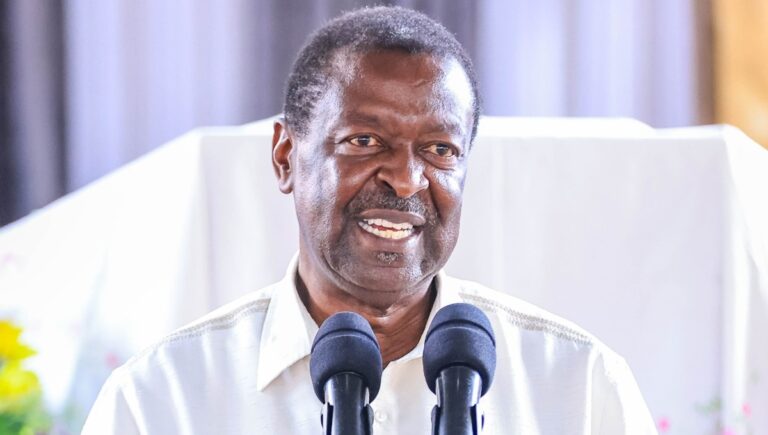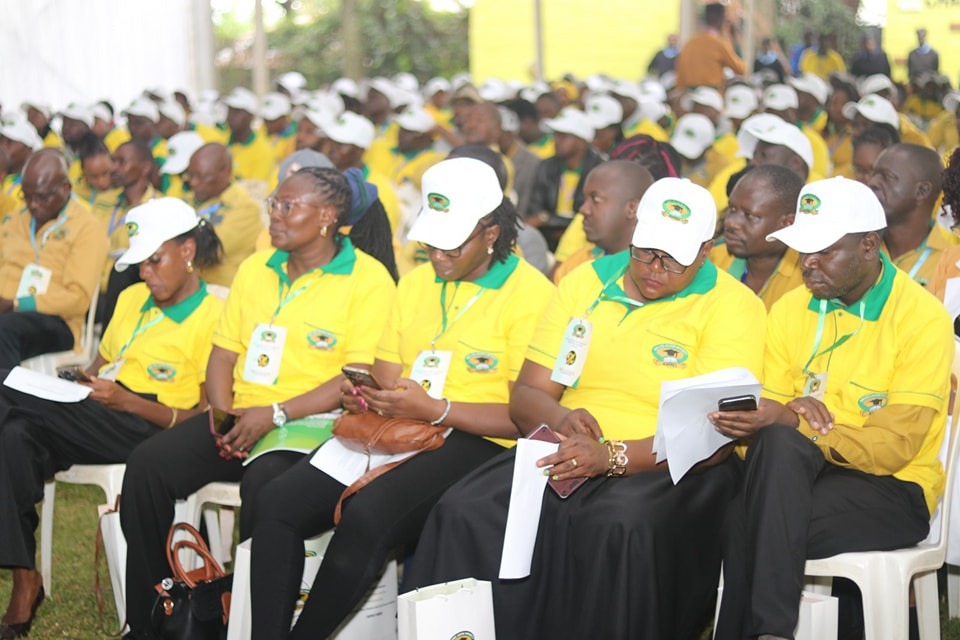Unrest is a feeling of disturbance and dissatisfaction in a person or people. In most cases, unrest in schools manifests faster as disrupting activities. Flash floods at the onset of second term is a classic case. Now, in this last lap, sad fire incidences are heard here and there. No school is immune. No wonder, before things go south, it is important to implement safety and security standards as spelt out by pundits in policy documents.
Disaster can be an accident, explosion in science labs, invasion by wild animals or armed people, outbreak of contagious diseases, hysteria and school closure due to violence. Disaster can be breakdown of essential services like water, transport and electricity. Also, I write about unrest, strikes and fire. Sometimes, it is not easy to fight and defeat disasters, especially the ones beyond human comprehension and control. Albeit, the onus is on us to explore practical ways of mitigating catastrophe through disaster preparedness, relief and recovery. Of inferno, schools should focus on fire prevention, safety and eradication.
Ideally, schools should keep students posted on escape routes when fire unleashes its ire. Build dormitories in strict adherence to security and safety standards. Let them be salubrious, clean and properly ventilated. Space between beds to be at least 1.2 metres. Corridor or pathway space should not be less than 2 metres. Since sharing of beds is prohibited in schools, admissions should be tied to bed capacities at all times. Do not lock dormitory doors from outside when learners are inside. Conversely, dormitories should not be locked at all times when learners are elsewhere. Each dormitory should have a door at each end, and an additional clearly labeled emergency exit at the middle. Fire extinguishing equipment should be placed at each exit, with fire alarms fitted at easily accessible points.
Likewise, there should be fire assembly point where students can gather as school authorities take roll call. Maintain well-equipped emergency aid kits, fully-furnished with whistles, fire extinguishers and basic equipment for first aid. Focus on regular drills. Preferably every term. On evacuation procedures for fires and accidents. Focus on fire prevention measures. For instance, the kitchen should be at the right place. Focus on safety of electric cables. Somewhat, for the sake of holistic safety, the government to design and implement compulsory school safety training course for principals, teachers, students and staff. Employ enough security guards with basic training in disaster management and mitigation. Focus on stringent measures to curb spate of students’ unrest and bullying.
YOU MAY ALSO READ:
All 330 learners at ill-fated Endarasha have been accounted for, govt says
Moreover, ensure classrooms are properly lit and ventilated. Ensure that the size of buildings adhere to Ministry of Education (MoE) specifications. Classrooms should accommodate number of learners in line with the provisions of the MoE circular on Health and Safety Standards in Educational Institutions (2021). The doorways should be adequate for emergency purposes, open outwards, and should not be locked from outside at any time when learners are on board. For storeyed buildings, the stairways should be wide enough and located at both ends of the building without obstructions. The construction of stairways should accommodate learners with special needs. Handrails in the stairs should be strong and firmly fixed. Corridors should be well-lit and ventilated. Schools should deal firmly with the menace of drug abuse which impair judgement of some students. Schools should install CCTV cameras for purposes of surveillance. Vigilance and ubiquity of teachers in charge of boarding is worth it. Teach peaceful ways of resolving conflict in Life Skills Education. Train both students and staff on school safety. Again, teens love food. Therefore, give them good food. In turn, in third term, there are no inter-school activities, stage some internal co-curricular activities to help them expend excess energies. Select, train and induct a strong Student Council. Enforce school rules and regulations with tact. Discipline Committee to handle discipline cases judiciously and justly without oiling cogs of corruption.
Ostensibly, fix leadership lapses. Avoid high-handedness. Give room to guided democracy. Embrace dialogue. Practise flexibility as a soft skill. Let there be peaceful co-existence among all stakeholders. Work well with the community. Do away with bad blood in administration. Do not balkanise staff through Divide-and-Rule. Handle resistance with wisdom. Discern enemies within. For in Gem, our elders say: the hyena can only enter the compound using the hole created by the family dog. Pray. As you remain vigilant. In Matthew 13:25, we read: “But while men slept, the enemy came and sowed tares among the wheat and went his way.”
Moreover, Principals to strike beautiful balance in their leadership style. I recommend a page-turner titled The Leader Who Had No Title, where Robin Sharma posits that leaders should be tough, but tender; courageous, but compassionate; firm, but fair; strong, but sincere. Consequently, combination of leadership approaches will delete reproach. Remember, leadership style depends on the situation at hand. Create open sessions where students can air their grievances without victimisation. Get intelligence through open-door-policy. Organise well-thought-out edutainment – entertainment plus education – to help students steam-off, love school, gain joy and enjoy learning. Explore creative activities that can arouse sense of pride and belonging in learners. With that, they will not vandalise school property when the push comes to a shove. Then, we should never forget the raft of recommendations in The 2001 Naomi Wangai Report whose nub was Students’ Discipline and Unrest in Secondary Schools. Oodles of exams served to Form Four candidates as they prepare to write KCSE exams, can cause chaos. Therefore, rely the art of persuasion to explain purpose of running an examination system as one of the Best Academic Practices after completion of syllabi. Force, threats and intimidations may not work well in these times and climes. Advisedly, engage formational speakers with enough expertise and experience. Strengthen the psycho-social and spiritual programmes. Teacher-counsellors to be proactive. Empower Peer Counsellors. Work closely with the church through chaplains.
By Victor Ochieng’
You can also follow our social media pages on Twitter: Education News KE and Facebook: Education News Newspaper for timely updates.
>>> Click here to stay up-to-date with trending regional stories
>>> Click here to read more informed opinions on the country’s education landscape






